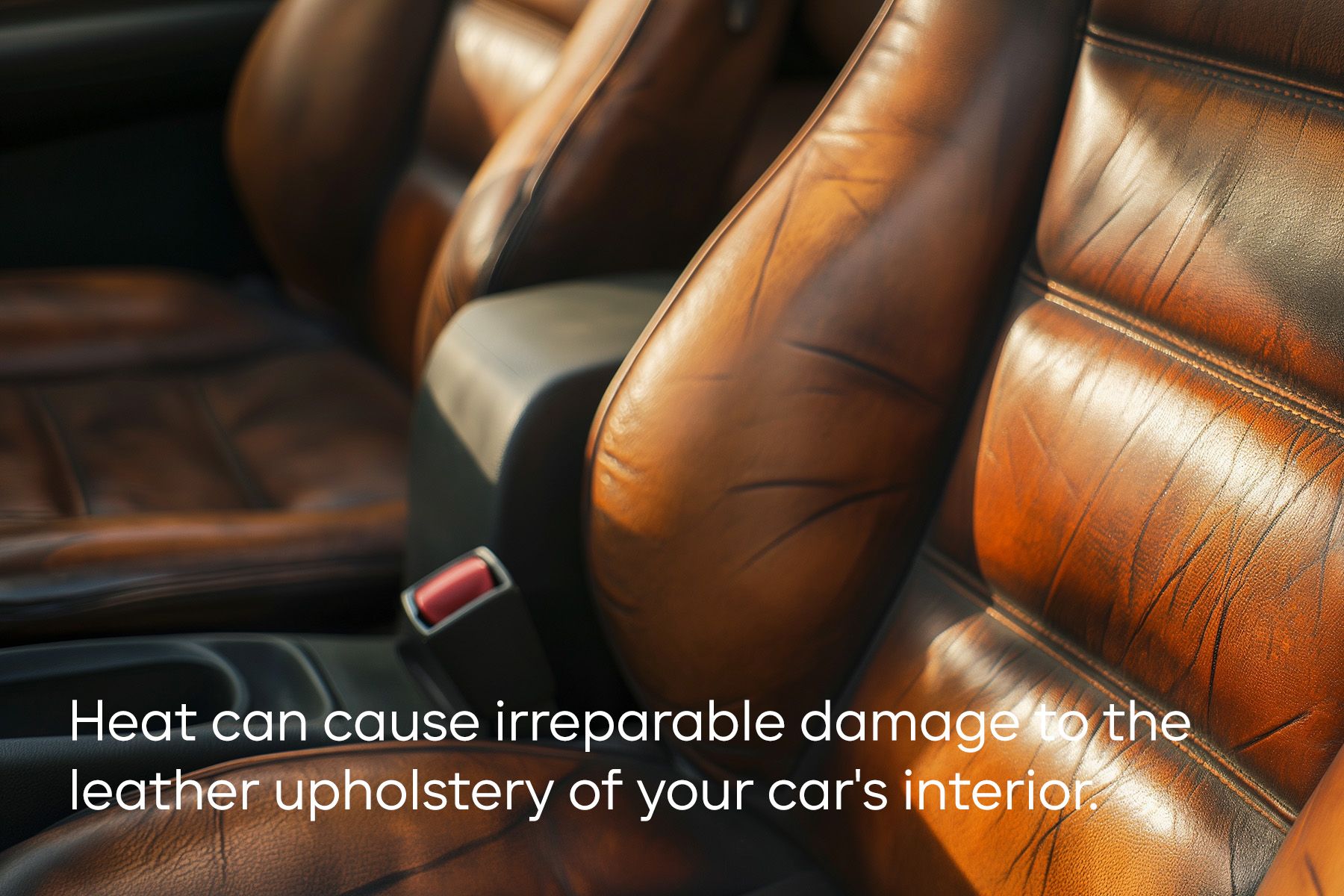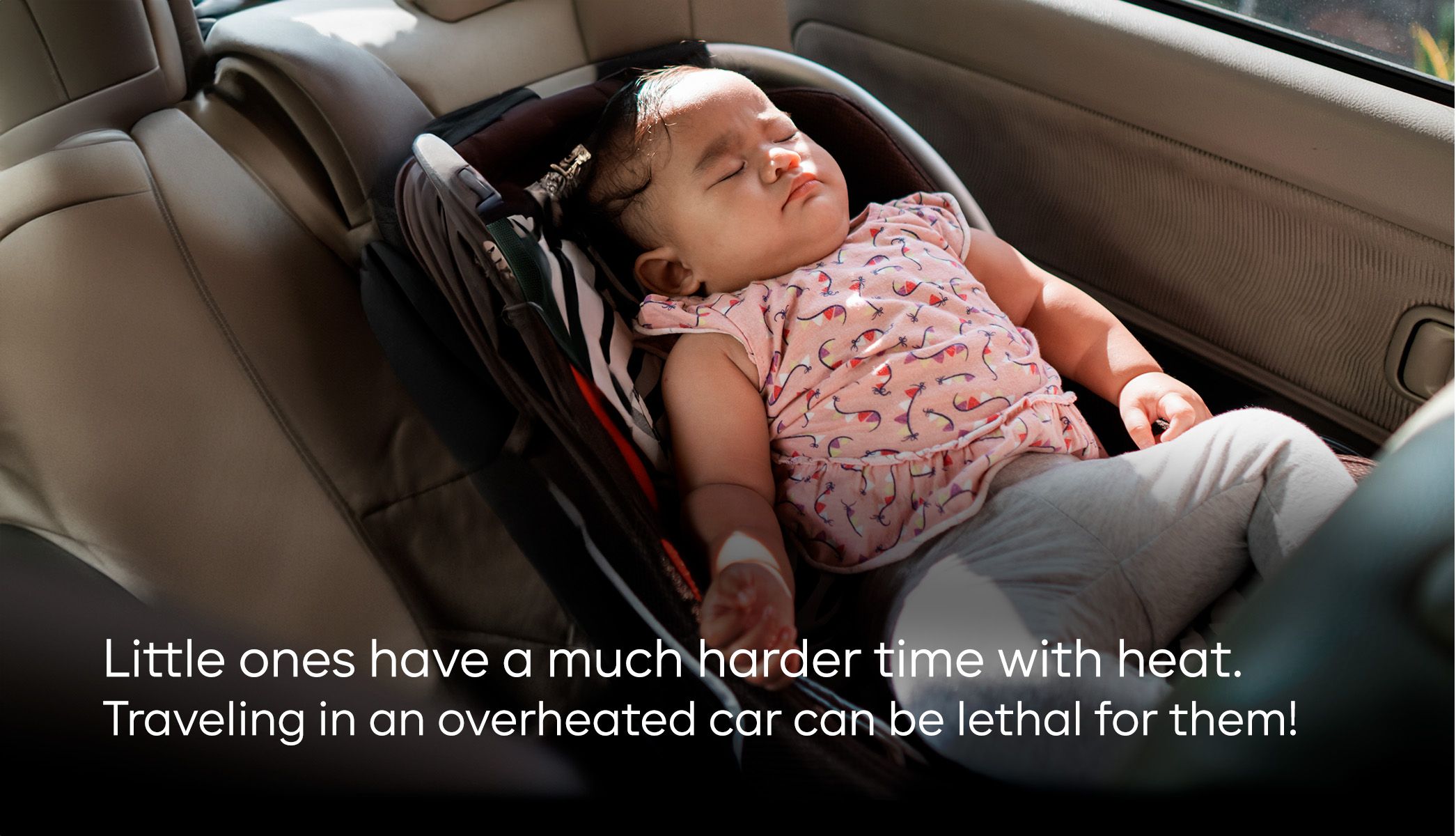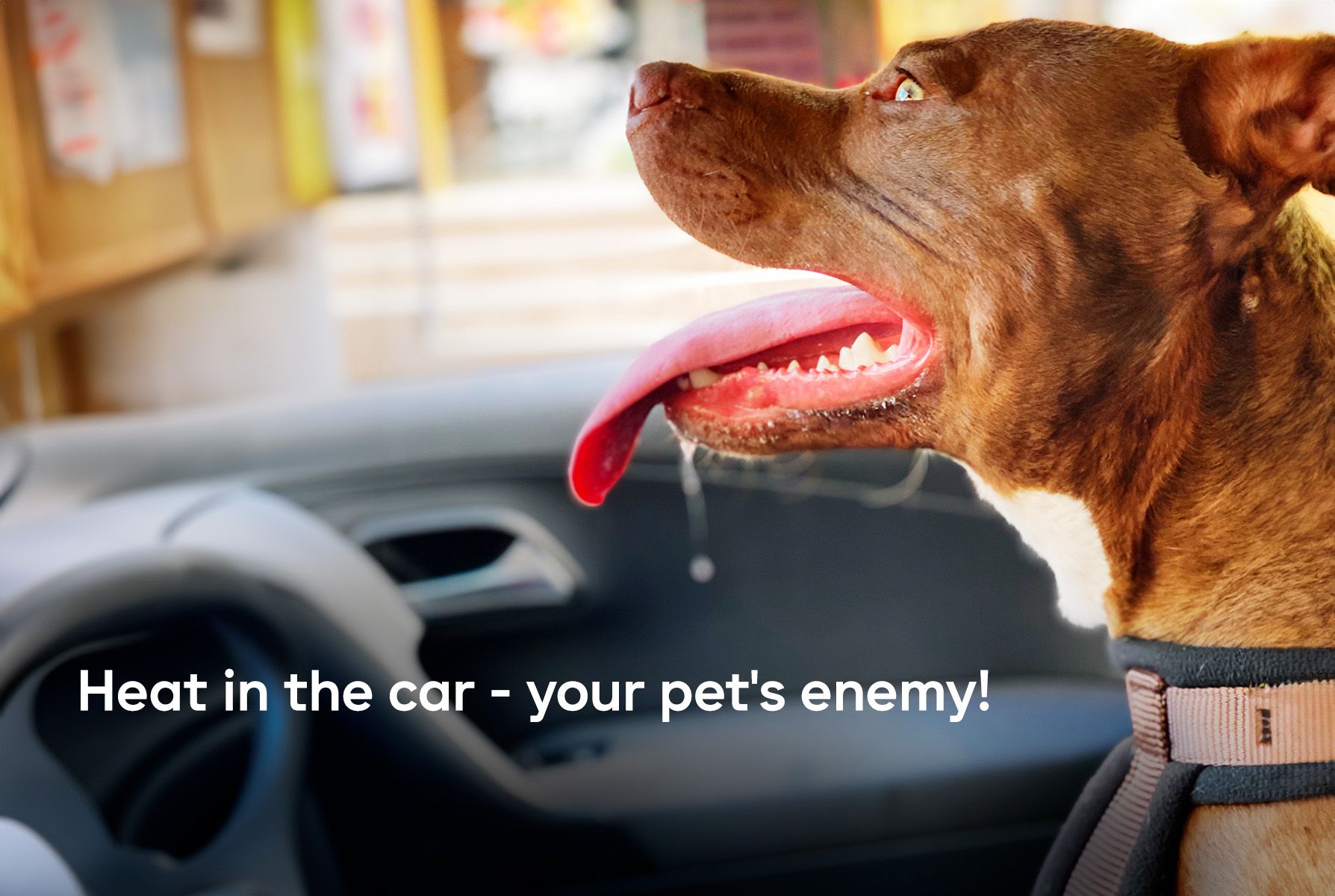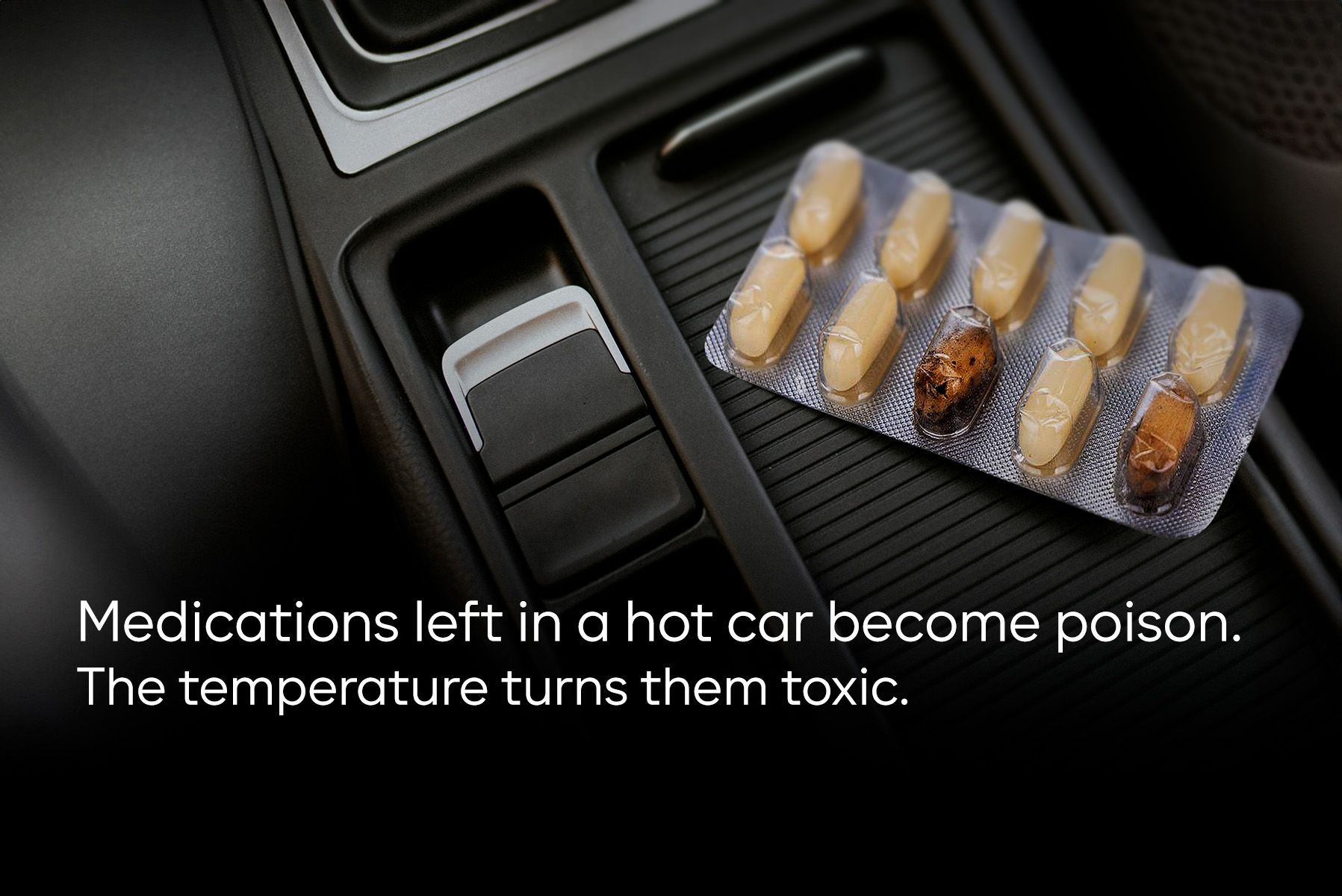Once you park your car and turn off the engine on a hot day, the interior quickly becomes unbearable. Your car, just finished being perfectly cooled by the AC, becomes suffocating within minutes. The hotter it is outside, the faster it heats inside.
Even on relatively mild days, the inside of a car is much hotter. Without normal air circulation, your car acts just like an oven. On sweltering days, the temperature inside can soar above 70°C (158°F).
A scorching hot car interior is more than just an annoyance; it’s a hidden danger to your health, possessions, and the car itself. Many items left in the car, even for just an hour or two can break or become hazardous, potentially causing harm or even death.
The luxurious design of your car’s interior will not last long in extremely hot climates. Just two months of extreme heat followed by rapid cooling from an AC, can cause leather upholstery to become dried out and crack. Over time, noticeable scratches will appear, and the colors will fade.

Plastic components inside can soften and deform at extremely high temperatures, leading to warping and thermal expansion. Rapid cooling then makes them brittle, and as a result prone to cracks and breakage.

Children and pets find being in a heated car immediately traumatic. They aren’t able to regulate their body’s temperature, so 5-10 minutes is enough to cause overheating, leading to dehydration and heatstroke. Worse, young children and animals can’t communicate their discomfort, so adults may not notice their distress until it’s severe enough to require medical attention.
 Within an hour, medications left in a hot car can start losing effectiveness, or even become toxic. High temperatures alter their chemical composition, rendering them ineffective or even sometimes dangerous.
Within an hour, medications left in a hot car can start losing effectiveness, or even become toxic. High temperatures alter their chemical composition, rendering them ineffective or even sometimes dangerous.
 Electronics and battery-operated devices like phones, tablets, laptops, or even children’s toys can overheat in an hour, slowing performance, reducing lifespan, or causing them to break down entirely. Often, these devices can’t be repaired and must be replaced.
Electronics and battery-operated devices like phones, tablets, laptops, or even children’s toys can overheat in an hour, slowing performance, reducing lifespan, or causing them to break down entirely. Often, these devices can’t be repaired and must be replaced.
Cosmetics left in a heated car can harm your health and appearance within an hour. High temperatures change their consistency and chemical composition, potentially leading to severe allergic reactions or poisoning. It’s best not to use these cosmetics afterwards.
Water in plastic bottles, when left in the car not only quenches your thirst, but also fills your body with toxins and other harmful substances released by the plastic from the sunlight and high temperatures. This makes the water taste unpleasant and unsafe to drink, especially for children.
How to protect your car’s interior from overheating in hot weather?
- Parking in the shade: This method works if your stop is brief, just 5-10 minutes. However, this method is unsuitable for extended parking periods. Firstly, the sun is constantly moving, along with the shade. What’s shaded now won’t be in an hour. Secondly, even without direct sunlight the car still heats up, becoming unbearable in about 30 minutes.
- Air-conditioned parking: This is nirvana for your car and you, offering immediate relief on a hot day. The downside is the cost, which can become a large, unplanned monthly expense. Also, this parking may not always be available near your destination, so you might have to walk several blocks under the scorching sun. In addition, space can be limited, and you might struggle to find a spot because everyone else is looking for the same.
- Gazer Multiclimate System™: This cooling system for your car comes with remote access. You can either keep the desired temperature inside your vehicle 24/7, or set it remotely before your drive. And even if your plans change, the system will maintain the set temperature for an additional 30 minutes. Conveniently control the system from your mobile phone, even from another country. With the Multiclimate System™, you decide your car’s interior temperature, no matter where it’s parked.











